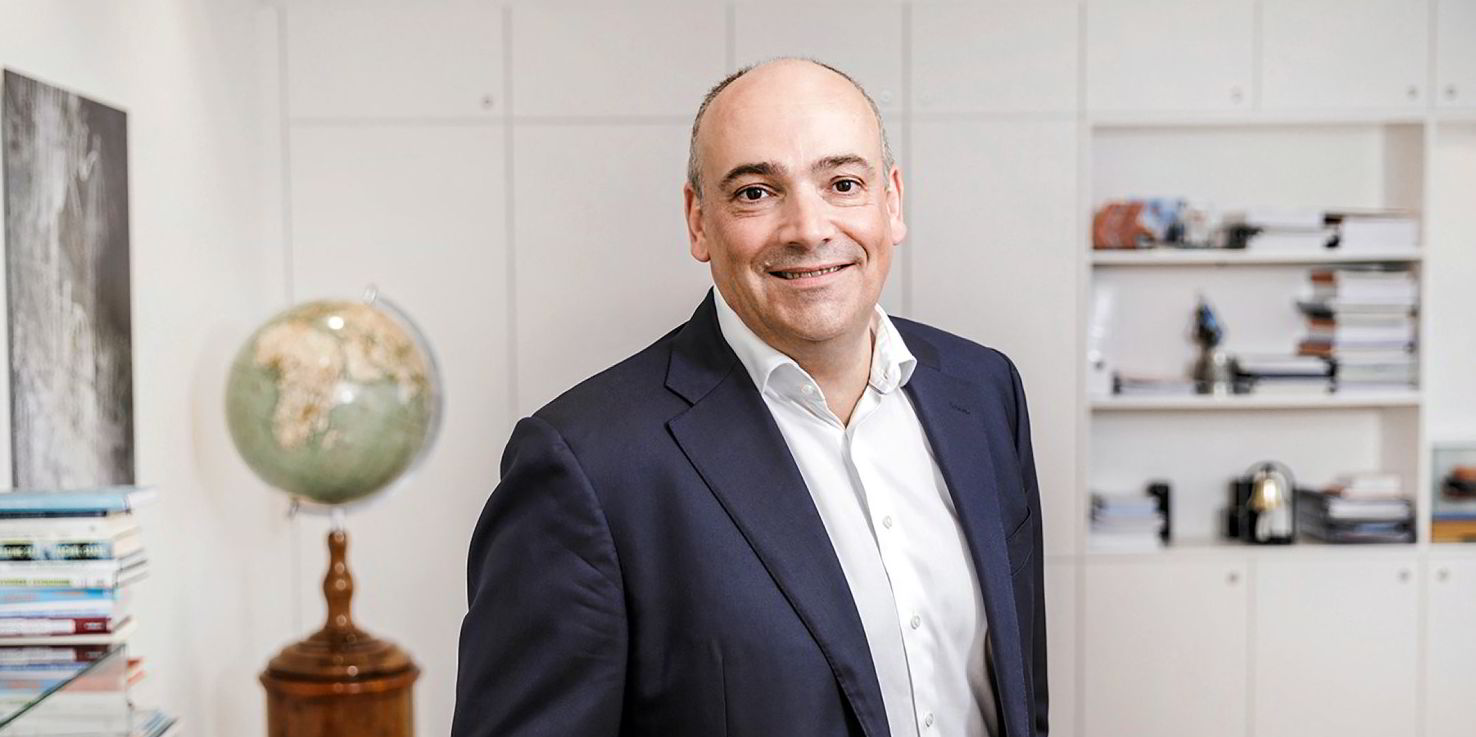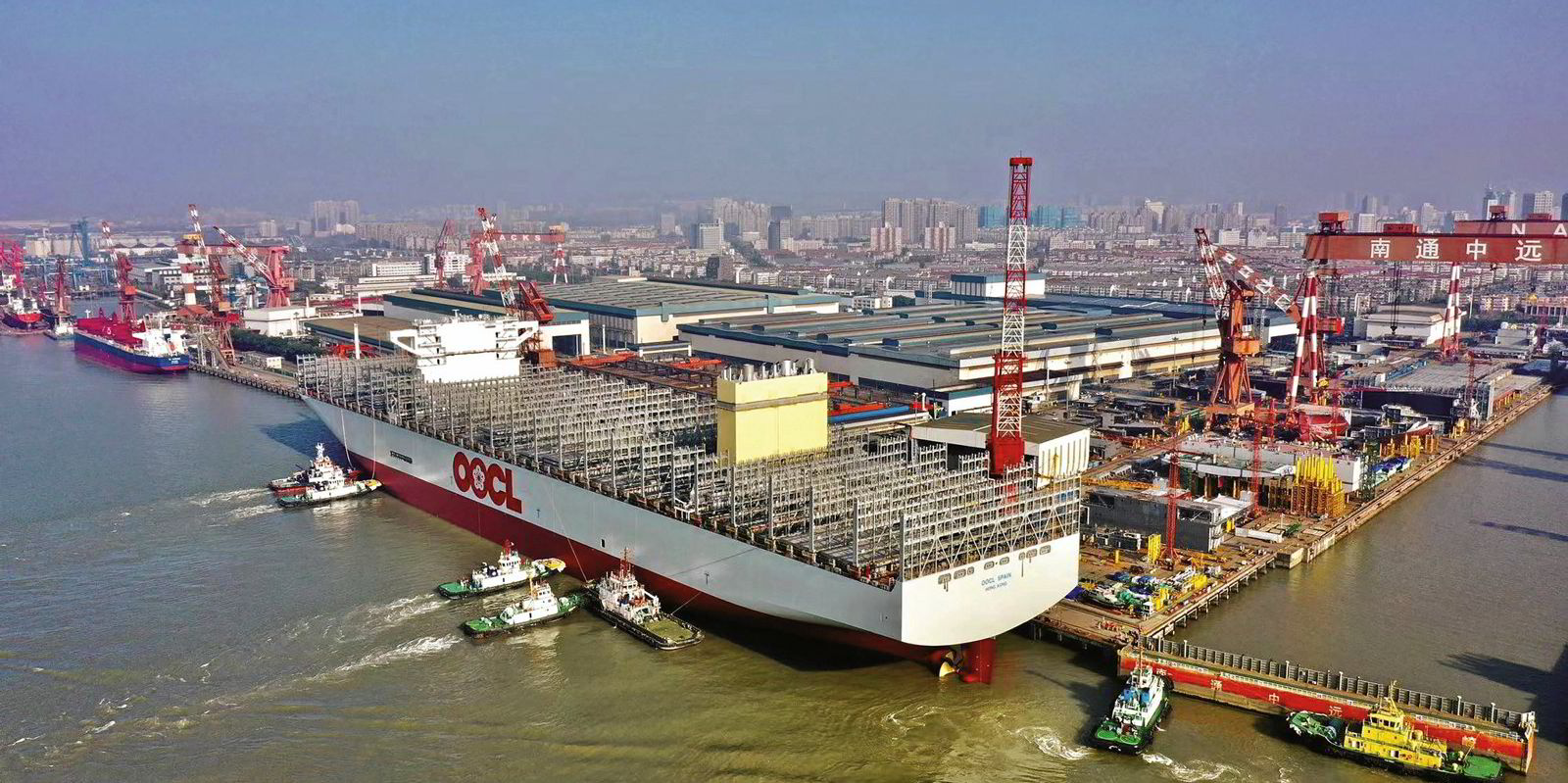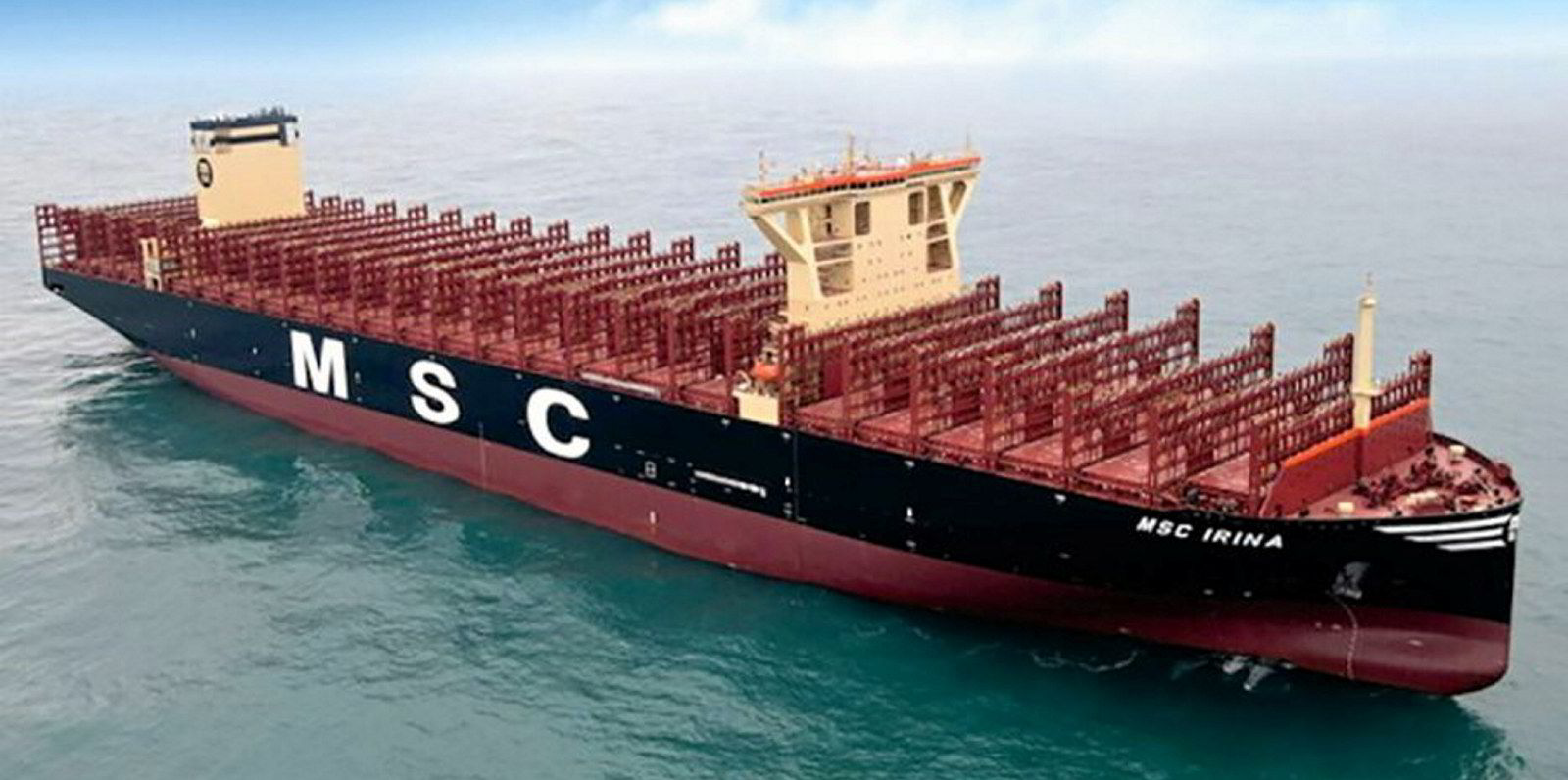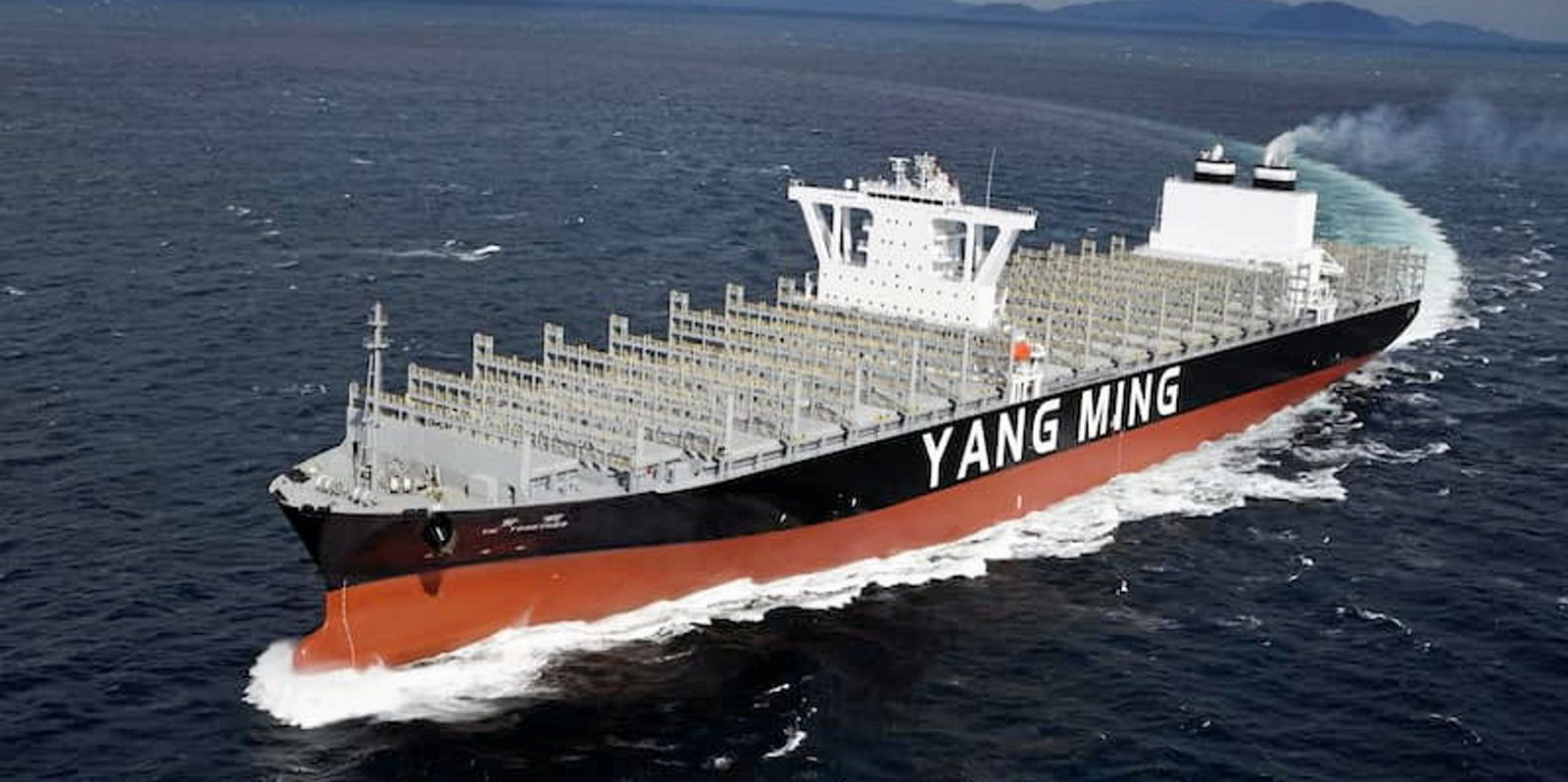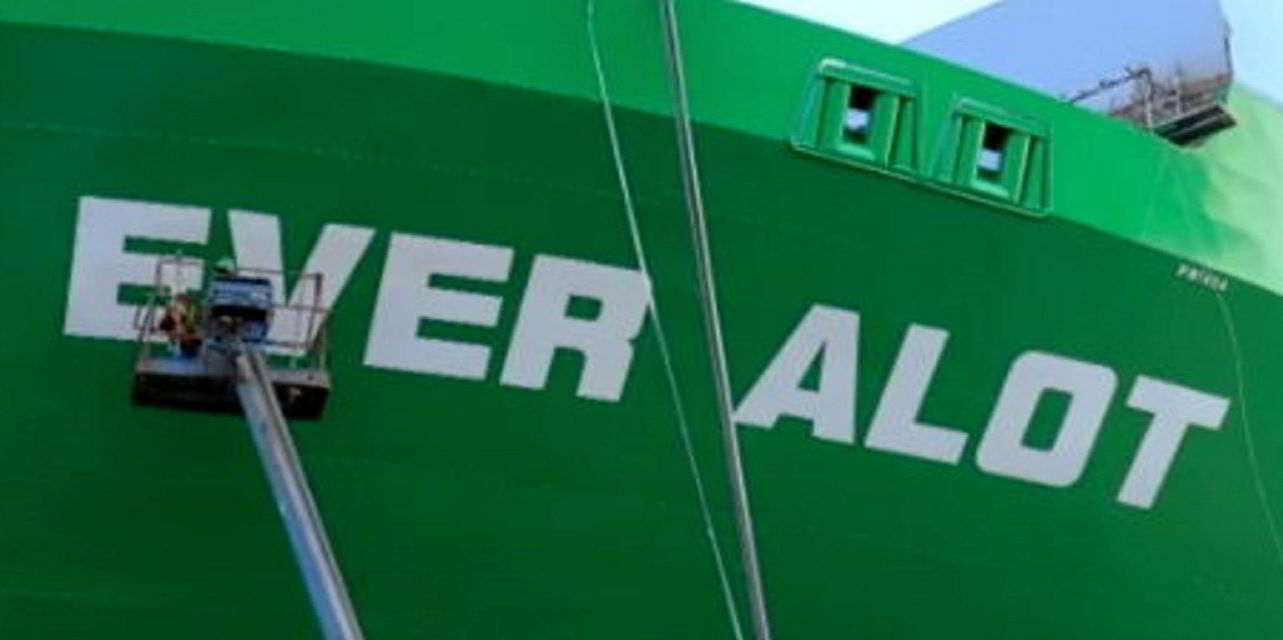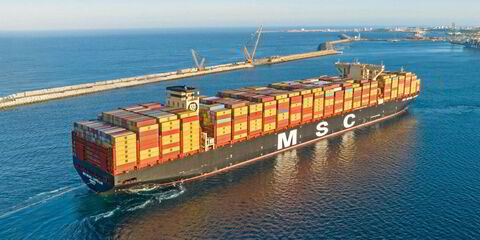Liner shipping stocks have remained remarkably resilient so far this year despite the ongoing threat of recession and rising interest rates.
All but a few liner shipping companies have seen sizeable increases in market capitalisation in the year to date.
That has enabled shareholders of Hapag-Lloyd, AP Moller-Maersk, Zim and Orient Overseas Container Line (OOCL) to pocket massive dividends even as the industry weans itself off its historic boom.
Shareholders of those four companies alone will receive $31bn in dividends.
That became clear on Wednesday after OOCL pledged to return 70% of profit to shareholders in the form of a $7bn dividend.
However, Hapag-Lloyd remains the star performer with an astonishing 70% rise in its stock value in the year to date.
The Frankfurt-listed carrier logged a rise in market capitalisation to $57.3bn, up from $33.3bn at the start of the year, according to CompaniesMarketcap.
The Hamburg company intends to pay out €11.1bn ($11.8bn) in dividends on the back of its profit of $18bn in 2022.
Another exceptional rise in value has been logged by Israeli operator Zim, which has seen its capitalisation rise more than 30% to $2.69bn by 28 March this year.
The New York-listed operator plans to pay out more than $2bn in dividends after raking in net profit of $4.63bn for 2022.
Bellwether operator Maersk intends to return $10.9bn to shareholders after posting a record operating profit of $30.8bn for 2022. Its capitalisation has remained stable this year, but dipped 1.8% to $39.2bn.
The value of liner companies has risen across the board to 24 March this year, with China’s Cosco Shipping up 15.7% to $25.75bn and associated company OOCL up 7.6% to $12.86bn.
Worst is over?
The rise in value comes as freight earnings have plummeted to levels around 90% lower than this time last year.
That has left stocks well below the pandemic-inspired peak that they hit a year ago. For instance, Hapag-Lloyd’s market capitalisation is some $24bn less than the peak of $81bn on 21 May 2022.
However, overall, liner stocks appear to have reacted to a slight upward revision in the macroeconomic outlook.
The Drewry Container Equity Index rose by 15% in the year to 8 March, following an 11.4% increase in the fourth quarter of 2022.
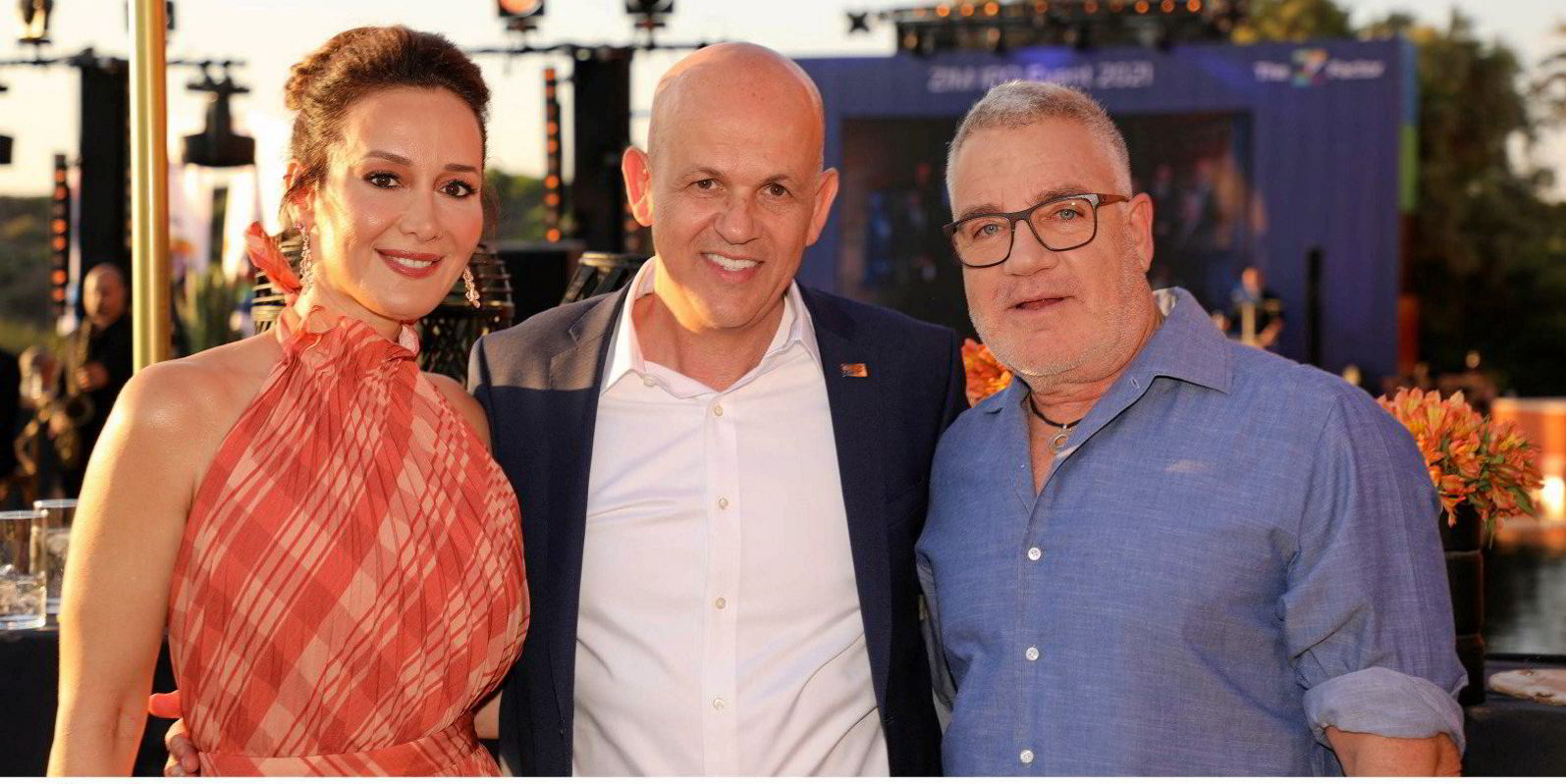
“Market participants have already accounted for the near-term weakness and the worst is behind us,” Drewry Maritime Financial Research said.
NYK, Mitsui OSK Lines and K Line — the shareholders in Japan’s Ocean Network Express — have seen capitalisation rise by around 9%, while South Korean HMM is up 6%.
The huge profits and payouts have led questions to be raised about the comparatively low taxes paid by liner giants.
European Union tonnage tax rules are based on fleet capacity rather than profits, so the tax rate by some liners has withered to a small percentage of profits.
Hapag-Lloyd’s tax payments were equivalent to just 1% of its pre-tax profits, compared with 10% in 2019, the Financial Times reports.
Maersk’s effective tax rate fell from 49% to 3% over the same period.
Less is known about the taxes paid by the family behind MSC Mediterranean Shipping Company, but they and the owners of France’s CMA CGM do not seem to have fared badly.
CMA CGM’s Rodolphe Saade is ranked the eighth richest billionaire in France with an estimated net worth of $9.8bn, while MSC’s Gianluigi Aponte is the wealthiest person in Switzerland with a net worth of $31.2bn, according to CEOWorld magazine.
Warning signs
There are signs that the era of huge payouts may be drawing to a close after Wan Hai Lines reported the first loss by a liner operator in the post-pandemic era.
The Taiwanese carrier logged net profit of TWD 93bn ($3bn) for 2022, a 10% drop on 2021.
But that implies a fourth-quarter loss for the intra-Asia specialist, as full-year earnings slipped below those for the first nine months of the year, according to Alphaliner.
Wan Hai’s market capitalisation is also the hardest hit of any liner operator and is down 12% to $6.4bn so far this year.
Compatriots Yang Ming Marine Transport and Evergreen Marine have also seen a slight drop of 0.5% so far in 2023 in their market capitalisation to $7.4bn and $11.1bn, respectively.
That has not stopped the Taiwanese carriers from plans to issue more than $7.5bn in combined dividends.
Evergreen will pay shareholders TWD 148bn ($4.8bn) after reporting a record annual net profit of TWD 334bn ($10.9bn) for 2022, while Wan Hai is proposing to pay a dividend of TWD 14bn ($459m).
Compatriot carrier Yang Ming expects to pay a TWD 70bn ($2.3bn) dividend on the back of a TWD 180.6bn ($6bn) profit.
